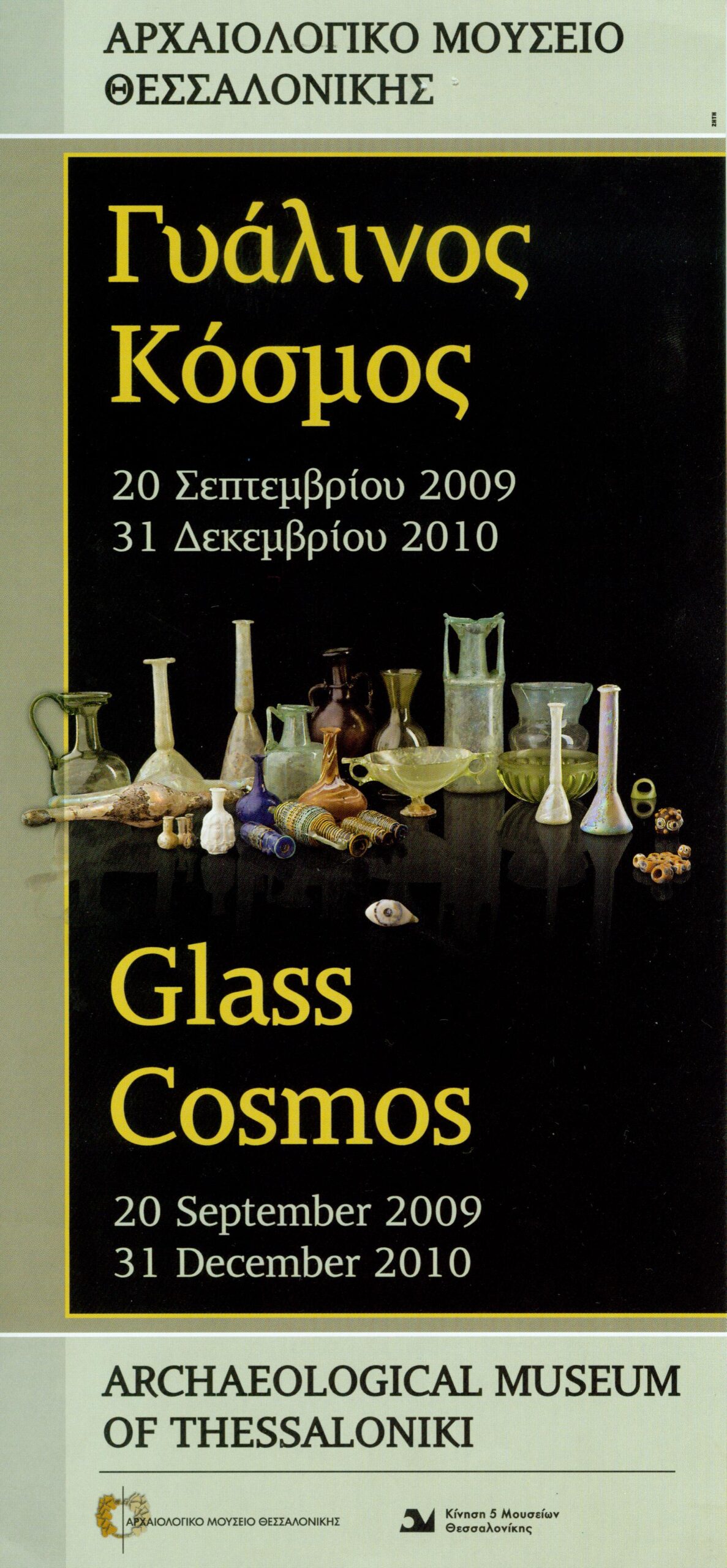This website uses cookies so that we can provide you with the best user experience possible. Cookie information is stored in your browser and performs functions such as recognising you when you return to our website and helping our team to understand which sections of the website you find most interesting and useful.

Glass Cosmos
01.09.2009 - 30.06.2010
The Museum of Byzantine Culture participated with the artefacts ΒΥΜ 12/4 and ΒΥΜ 320/2.
Glass, iridescent and magnificent, constitutes since the antiquity already the raw material for the manufacture of luxury objects and of objects of everyday use. Transparency, gloss, vibrant colors and playful light on its surface fascinated and still in present times charm people. Made from humble materials – sand, lime and soda – glass is converted by fire into a fluid, supple mass and then into a solid but fragile material. We do not know exactly when glass was first manufactured, perhaps during the third or second millennium B.C., but we are sure that this happened in the broader region of Mesopotamia and was the result of long experience. In the region of the Aegean Sea glass appears in Mycenaean palaces around 1500 B.C. and remains popular until the end of antiquity. The exhibition presents glass objects from sites in Macedonia, dating from the Late Bronze Age (14th century B.C.) until the end of antiquity (4th century AD.). We invite you cordially to learn the long history of glass, the technology, its uses and its symbolisms and to travel with us in a … Glass World.
Institutions
Archaeological Museum of Thessaloniki
Collaborating Institutions: Participation of the Museum of Byzantine Culture with lending of exhibits, in the frame of the cooperation of the five Museums of the city (5M): Museum of Byzantine Culture, Teloglion Foundation of Arts, Macedonian Museum of Contemporary Art, State Museum of Contemporary Art.
Exhibition Location
Archaeological Museum of Thessaloniki



